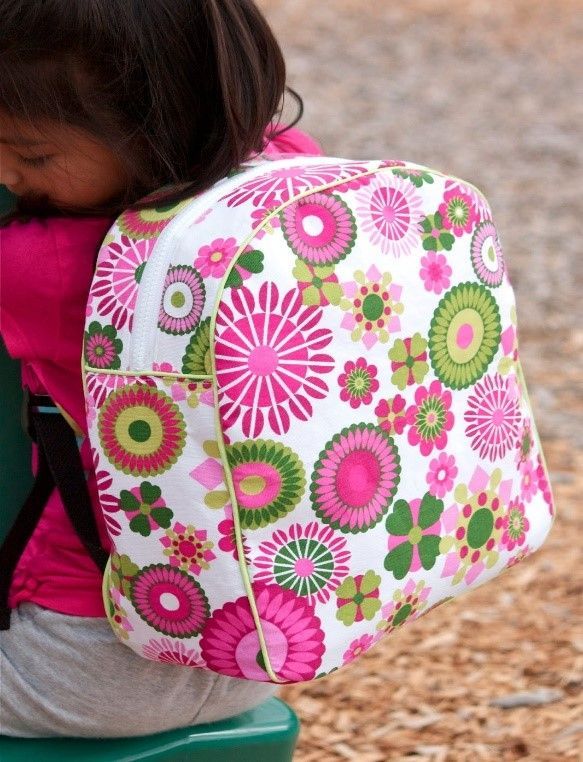Sextortion-What It Is and What Parents Can Do To Help Prevent and Stop It!

Not long ago, making prank calls was the worst trouble a group of teens could get into with a telephone.
But today, predators use phones to stalk and blackmail teens on social media and dating apps. Sextortion — the act of threatening to share nude or explicit images — is more common than you may think, and cases affecting young children, teens and adults have increased exponentially in the past two years. In fact, Homeland Security Investigations received over 3,000 sextortion tips in fiscal year 2022.
One current sextortion trend targets boys between 14 and 17 years old. Adult predators pretending to be young girls feign romantic interest in the boys on gaming platforms, apps and social media sites.
It starts simply enough: A teen responds to an online request to expose parts of their body on a webcam or send a nude photo to a new online “friend.” The next thing the teen knows, their new friend threatens to expose them by publicizing the photos — unless they pose for more explicit photos or send money.
In some schemes, adult predators deceive and manipulate young males into engaging in explicit activity over video, which the predator secretly records. The predator then reveals that they’ve made the recording and threatens to post clips online if the victim doesn’t pay up.
This terrifying and dehumanizing violation feeds on victims’ shame. The emotional results for victims — especially kids — is devastating. Feeling embarrassed, hopeless and isolated, many of these teens have nowhere to turn. Some even go so far as to take their own lives without knowing that help is available.
In their initial contact with a young person, predators often send friend requests and approach teens with compliments or flattery; they may also promise a romantic relationship. They start what appear to be genuine conversations to strike up close friendships with their victims. Sometimes these criminals offer children something they value, such as the possibility of a modeling contract; online game credits or codes; or money, cryptocurrency and gift cards in exchange for a “quick picture.” Some even hack into computers to unearth sensitive material.
These predators then threaten to expose the material if the victim refuses to comply with their demands. They may also threaten victims by falsely claiming that they already have explicit photos that they intend to distribute, or they may threaten to harm the victim, other people, or things the victim cares about.
These criminals commonly make first contact with a victim on one platform, then ask them to move to a second or third platform that uses encrypted messaging to make tracking their crimes more difficult.
Sextortionists record and preserve entire chats and videos. They may also visit public social media profiles to find out more about their victims, combing through friend lists and gleaning other personal information that may harm their target’s reputation.
Your best defenses against sextortion
Open lines of communication are the best defense against sextortion. The embarrassment children feel from falling victim to these schemes often prevents them from coming forward to a parent, teacher, caregiver or law enforcement, so a single sextortion offender may have hundreds of undiscovered victims around the world. Parents and caregivers are encouraged to have conversations with their children early on regarding their online activity.
You can help protect your kids against sextortion by using the following tips:
- Be a safe space. Your children may be embarrassed, but you should have an open dialogue with them before they’re exposed to sextortion. Let them know you have their backs if something happens in the future.
- Consider limiting your children’s internet use or spot-check their phones and other devices. Keep tabs on the people your children are communicating with; this can be part of an open and ongoing conversation about what is (and isn’t) appropriate online. It also may be worth considering a rule against devices in bedrooms overnight or shutting off Wi-Fi access after a certain time.
- Review your child’s social media privacy settings. Keeping accounts private can prevent predators from gathering their personal information.
- Keep the door open. Let them know they can come to you and ask for help, and that helping will always be your top priority. These predators are powerful because of fear, and their victims suffer ever more negative consequences as the crime carries on over days, weeks and months. If you’re the adult a child trusts with this information, you should comfort them, help them understand they have been the victim of a crime, and help them report it to law enforcement.
Being cautious, aware and educated about online scams can help prevent victimization. With the amount of time people spend on the internet steadily increasing, now is the best time to learn preventive measures and spread awareness.
The following tips can also help ensure online safety:
- Don’t accept a friend request from anyone online you don’t know in real life.
- Don’t give any personal contact info (email or handles) to anyone you haven’t met IRL.
- If someone you don’t know asks for personally identifying information, say no.
- Never share your passwords with anyone.
- Don’t use easy to guess passwords, such as pets’ names, birth dates or anything that someone can guess by reviewing your social media profiles.
- Don’t click on links in e-mails that come from people you don’t know; doing so could compromise your device.
- Teach your teens to report threats. Though they may be stressed or embarrassed, talk to your them about online safety and encourage them to come forward when they receive a suspicious email.
- Be wary of the recording devices you bring into your home. Some low-security devices (such as baby monitors and nanny-cams) are easy to exploit.
- Assume your webcam or recording devices can be activated remotely. Never have your phone or other electronic camera devices pointed at you while undressing or in a position you would not want to share with the world.
- Cover your webcam when you’re not using it; if your webcam doesn’t have a built-in cover, use a sticker or piece of tape to cover it.




















